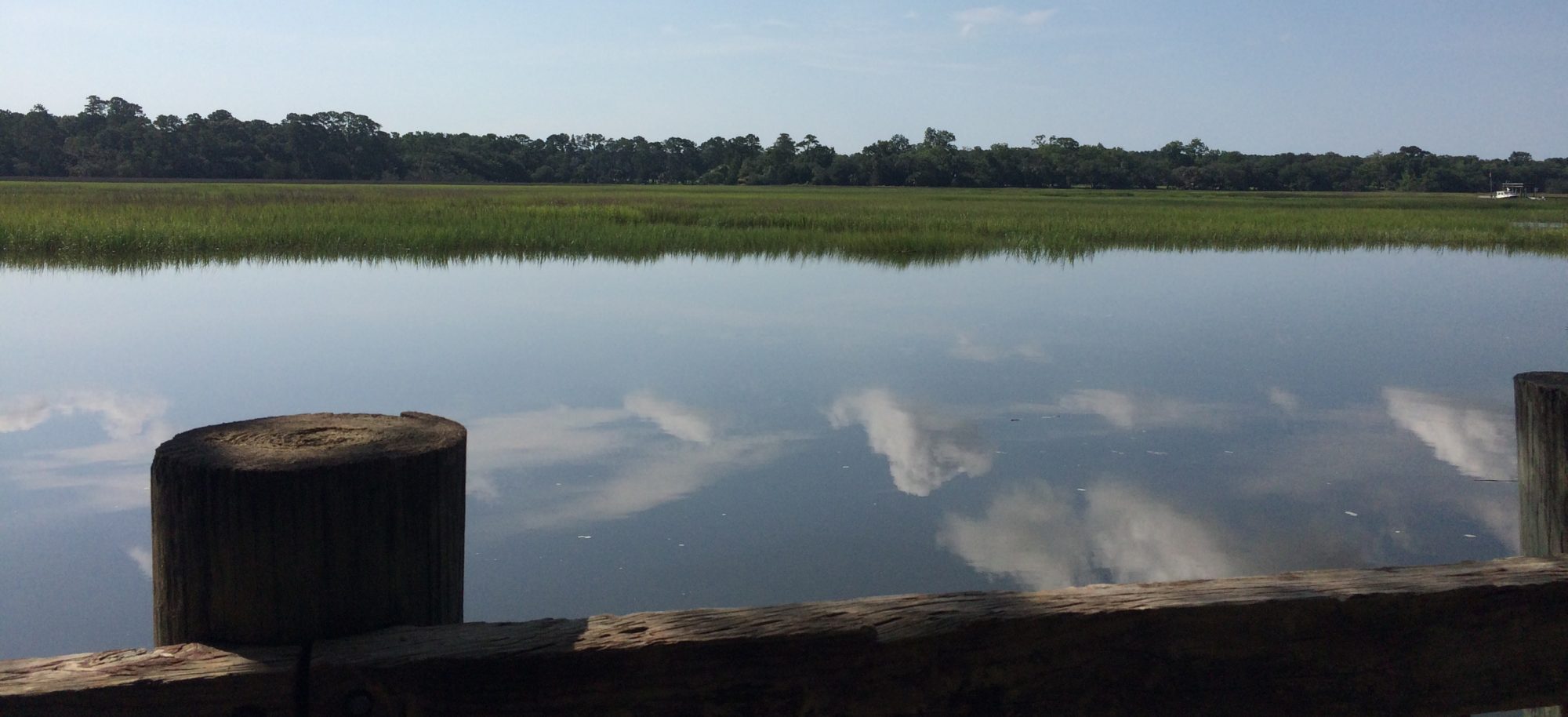In the Border Museum at El Paso, there is no natural light. Its home is a purpose-built, windowless concrete box opened for business in 1994 on the Rio Grande, the Texas side, across from Ciudad Juarez.
Working the reception desk when we visited in 2001 was a pleasant, angular man with glasses, wearing a beige cotton shirt and blue jeans. No uniform, no pressure, no visitors except the two of us. Carolyn remarked on the forecast of rain.
“We’ll get our share, looks like,” he replied. He disappeared into a back room and returned with a photograph of yellow flowers.
“Poppies.” He angled the snapshot to divert the glare of overhead fluorescents.
“The whole desert. A sea of gold flowers. Six years ago. The last big rain we had.”
He laid the photo on the counter, letting us soak up the image.
“Beautiful,” we managed. He smiled.
There wasn’t much to smile about in this place, a homegrown repository dedicated to the agents and families of the United States Border Patrol. It is a personal and political history made of guns and pictures, letters and news clippings, handwritten memoirs and historical documents. It’s family, the collective memory of people who lived the job.
A sheet metal rudder welded to an iron pipe stuck off the stern of a flatboat constructed from sheet metal scraps, the inboard end of its propeller shaft buried inside a precarious-looking engine. Border Patrol agents, Carolyn read from a typewritten index card, apprehended the occupants off Florida. Across the way, a display of confiscated knives and homemade guns described in hand-lettered signage their use by illegal Mexican border crossers to prey upon those following them.
We remarked to the counter man that we were on our way to San Diego. He suggested a videotape, motioning toward a TV monitor in front of a row of brown steel folding chairs. We found the tape, slipped it into the VCR and pressed “PLAY.”
As it begins, an elderly man in a red and white checked shirt stands in his front yard talking to an interviewer. He feels safer, he says, since the fence went up. There is less drug trafficking in his part of town, which for him means Imperial Beach, across the Tijuana River from Mexico.
Carolyn and I look at each other. We have rented a cottage for a month in Imperial Beach, sending reservations and money a month ago over the Internet from our home in Wisconsin. The tape continues, reeling off short clips one after the other: a corrugated iron fence snaking through southern San Diego before poking hundreds of feet out into the Pacific; people apprehended at night swimming across a drainage ditch to the United States; sunlit graded dirt paths on the U.S. side showing crisp footprints of people who got through overnight.
The southern edge of the U.S. human containment effort, parts of it physical and parts natural, starts at the fence’s wet, salty end in San Diego. Running a hundred fifty miles east along the cultural fault between North and Meso-America, it turns briefly southward at Yuma by the Colorado River, then angles in a straight geopolitical line southeast through six hundred miles of desert to El Paso. Its eastern end follows the Rio Grande’s eight hundred fifty-mile drift to the Gulf of Mexico.
Before we happened upon the Border Patrol Museum, we were stopped by police in Zapata, Texas, a faded town on the Rio Grande four miles downstream from Laredo. The cop came to the passenger side of our car. Carolyn handed my driving license to him. He said we were going 45 miles an hour. We agreed.
We missed a “25 MPH” sign a block back, he said. He pretended not to peer intently into our back seat where there was nothing. He eyeballed our stuff filling up the open space in the rear of our SUV. Nobody there either. He sent us off with a warning.
The border seems virtual enough when you get away from steel walls, wire fences and dirt surveillance tracks, out of reach of the floodlights. Radio stations along the road from Harlingen to El Paso carry five or ten Spanish language stations for every one in English. Yellow road signs miles from the border in California show running figures of a man and woman, the woman holding a child’s hand. Above them it says CAUTION.
So I’m thinking, what is “alien,” really? How do I define myself at the border of my own country if I can understand, on a good day, 20% of what’s on the radio?
